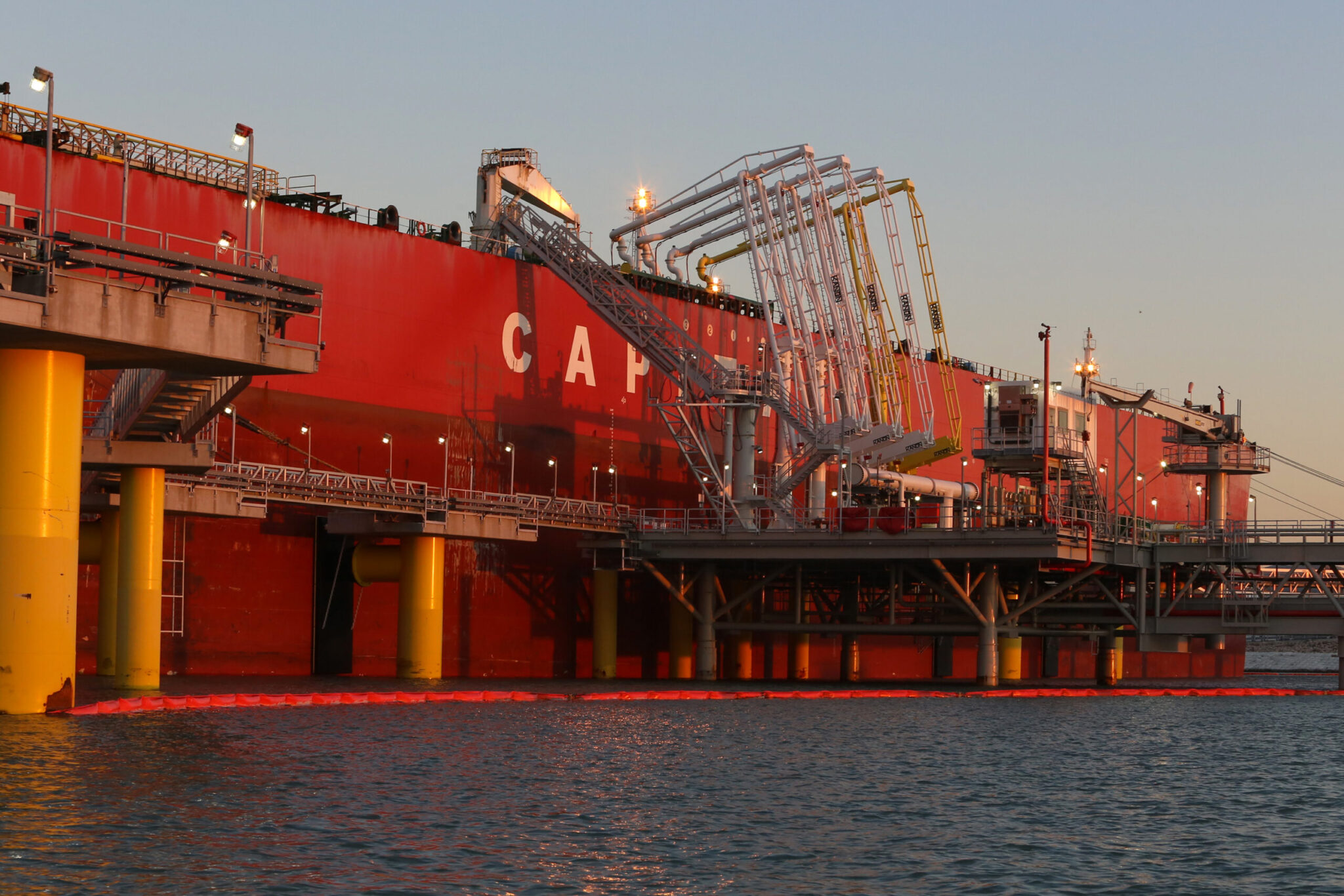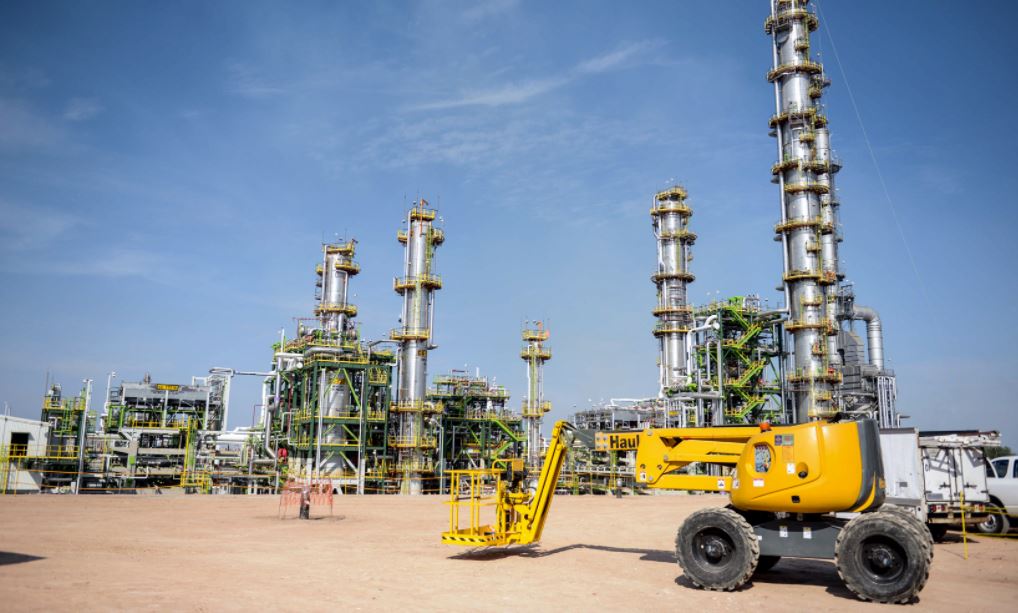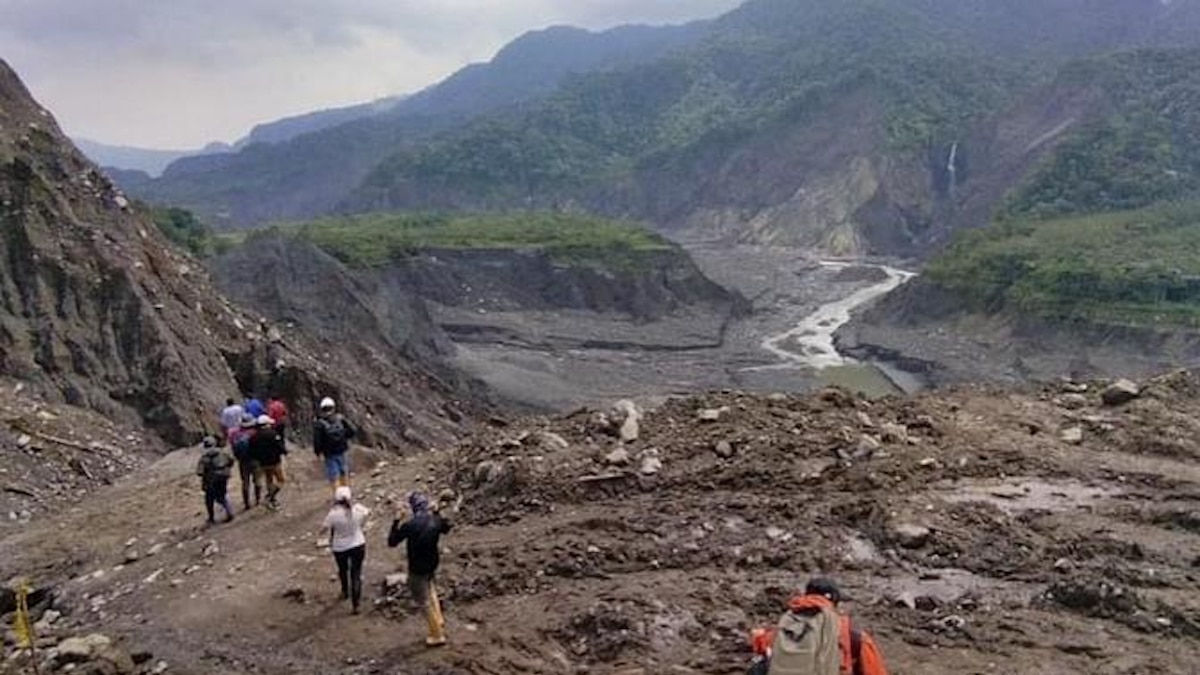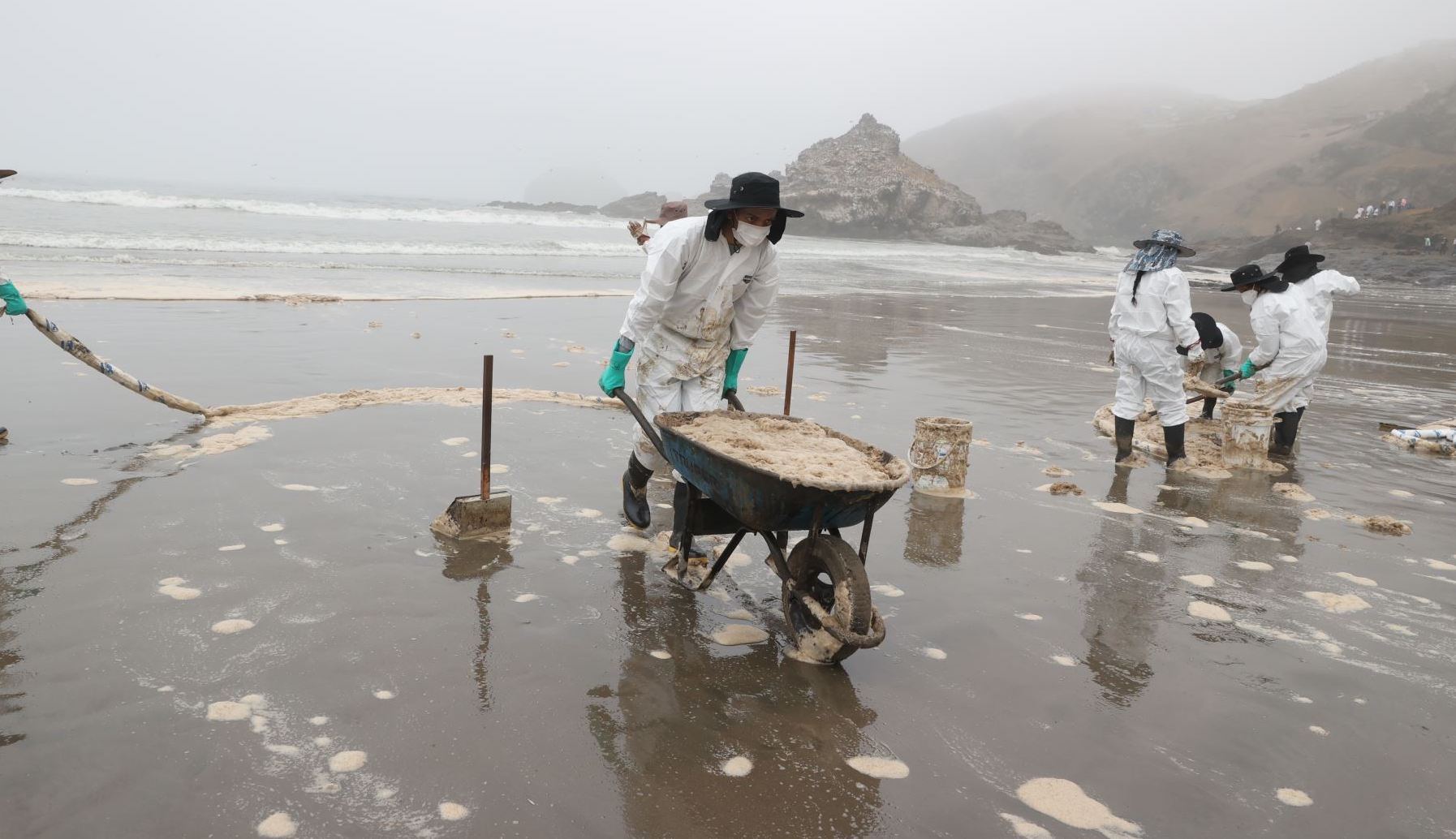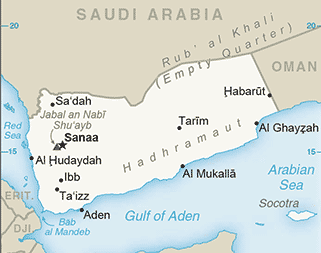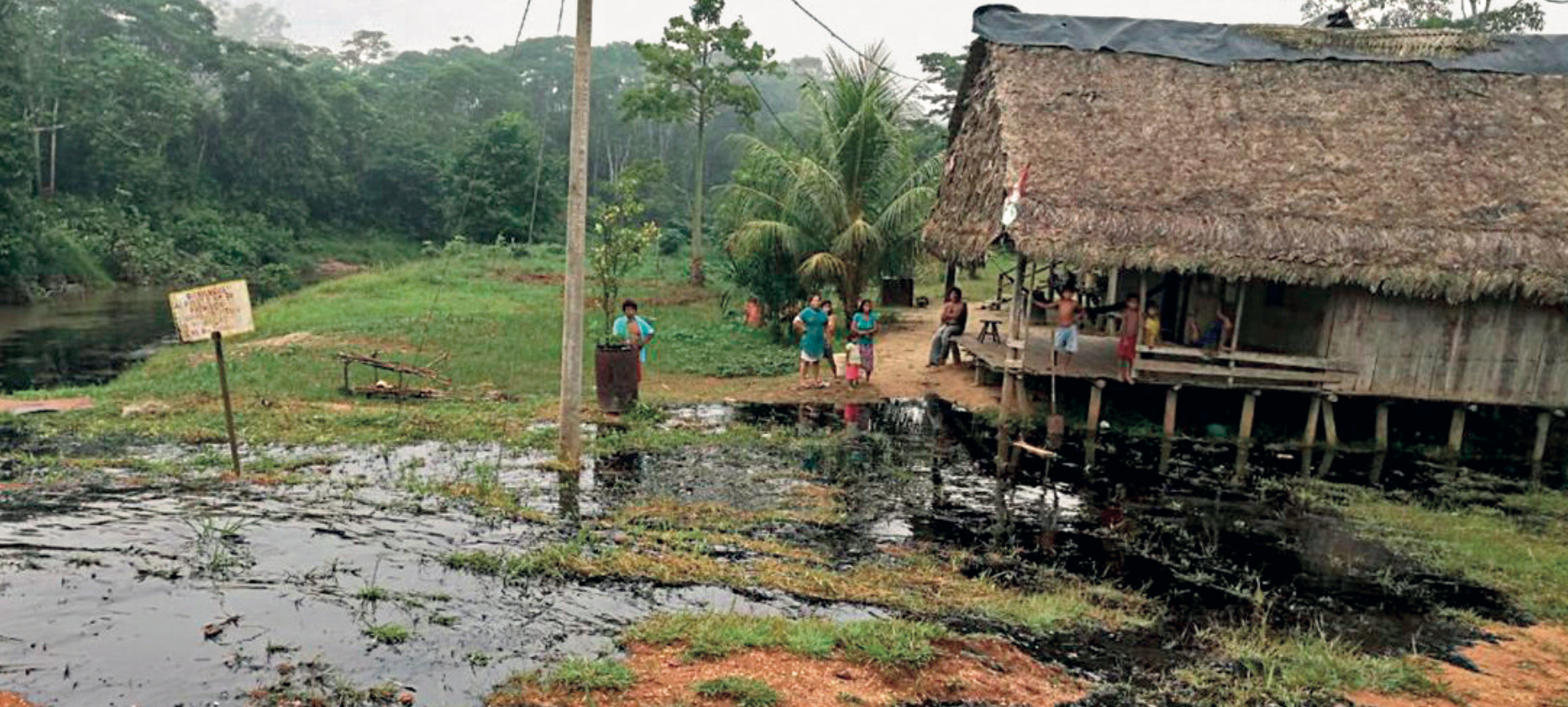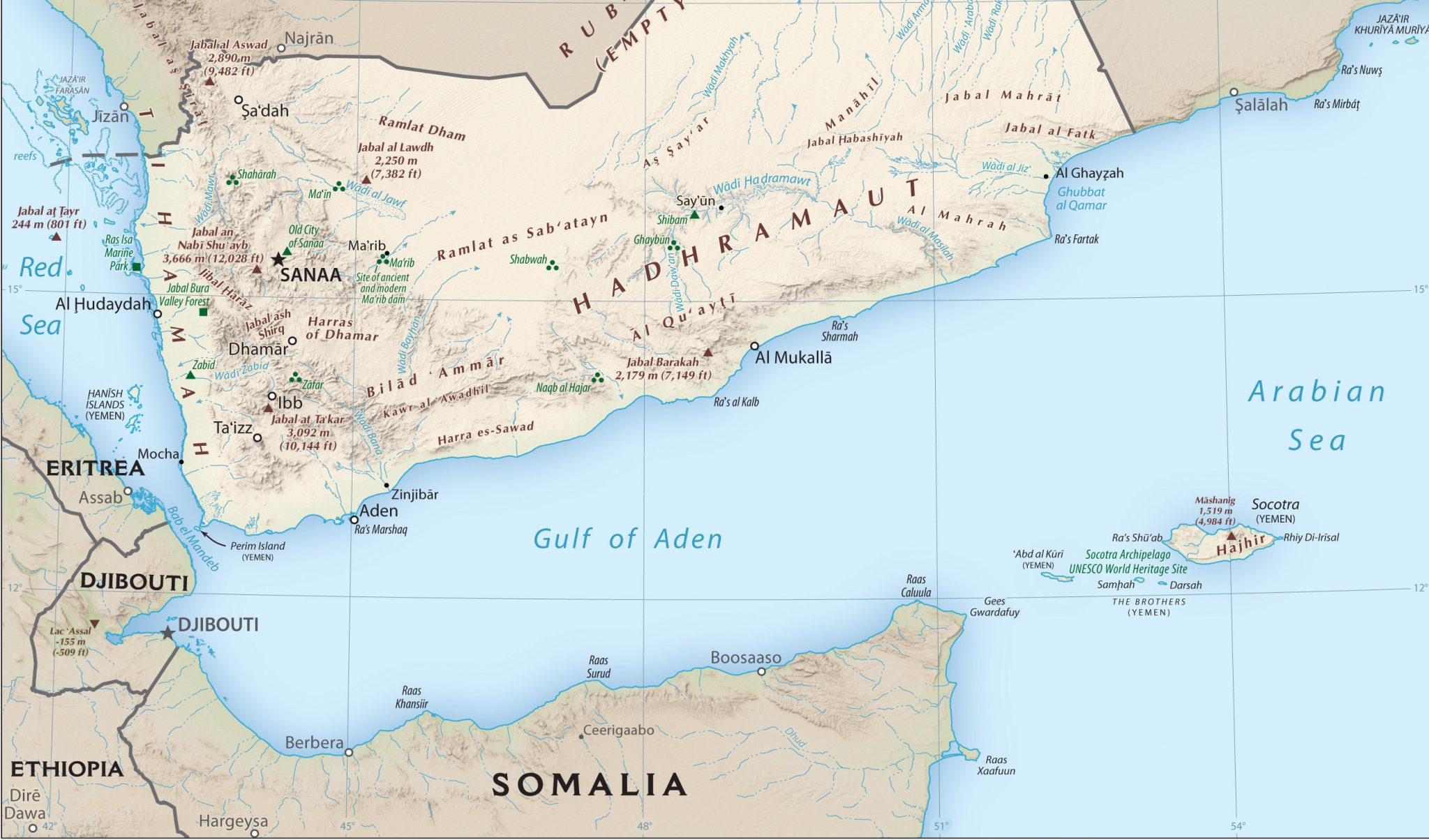
Ecological disaster looms after Houthi ship attack
The internationally recognized Yemeni government issued an urgent plea to the international community following a Houthi attack on the Rubymar, a British-owned cargo ship carrying hazardous materials through the Red Sea. The attack has raised fears of an imminent environmental disaster due to the potential leakage of fertilizer and oil from the abandoned and damaged vessel. Yemen has formed an emergency committee tasked with crafting a plan to mitigate the threat. But the Houthis, who control much of Yemen’s territory, say they will only allow salvage or mitigation efforts in exchange for entry of relief aid into the Gaza Strip. US Central Command reports that a a 30-kilometer oil slick is already spreading from the stricken vessel, foreboding a significant ecological crisis in the area. (Map via PCL)



